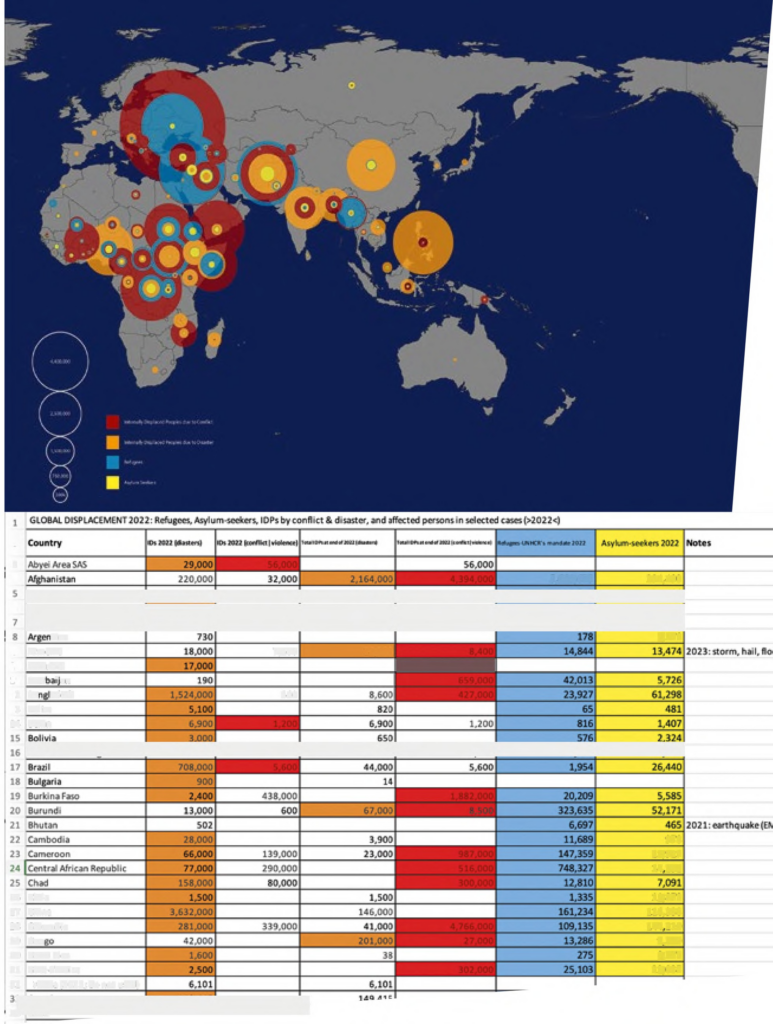She was born in 1969 in Da Nang, Vietnam, and lives and works in Houston, Texas
Energy Policy vol.166: potential CO2 emissions until 2050 by key fossil fuel and coal extraction projects [each>1 Gt] worldwide (2023), Mapping Global Displacement and Migration: nexus dynamics between conflict & violence and climate disaster [UNHCR, IDMC, EM-DAT: cross-border refugees, asylum-seekers, IDPs and those affected in selected cases >2022<] (2023)
Tiffany Chung is a multimedia artist acclaimed for her critical work on geopolitical conflict, environmental crisis, and forced migration. Her meticulous research-driven practice transforms the minutiae of data into intricately ornate cartographic works and installations. After earning her MFA from the University of California, Santa Barbara, Chung returned to Saigon, where she co-founded the artist-led platform Sàn Art in 2007 and played a pivotal role in nurturing Vietnam’s nascent contemporary art landscape. Her work has been collected by institutions such as the British Museum, Louisiana Museum of Modern Art, M+ Museum, Queensland Art Gallery, and Smithsonian American Art Museum. She was a Mellon Arts & Practitioner Fellow at RITM, Yale University, in 2021.
A child of the Vietnam War, Chung has experienced displacement twofold: first, internally, to Đông Tháp Muòi (Plain of Reeds) in Vietnam’s Mekong Delta, where the artist and her family survived a historic flood in 1978. The area was one of many agricultural New Economic Zones implemented by Vietnam’s recently independent communist government as part of a series of ill-conceived socioeconomic experiments to isolate and resettle urban South Vietnamese populations. Following this first traumatic episode of internal displacement, Chung later sought cross-border asylum in the United States, as part of an epic and perilous refugee exodus of Vietnamese, Lao, and Cambodian communities fleeing the region’s new authoritarian regime.
As Chung wrote in an essay “While the World Stands Still: Remembering the Swelling River” (2021) reflecting on these twin displacements, “Climate and economic crises coupled with political and armed conflicts have produced and will continue to produce refugees.” For the Biennale she has produced two new embroidered maps explicating these entanglements, based on technical maps produced by software tracking potential carbon dioxide emissions from major fossil fuel and coal extraction projects worldwide from 2019 to 2050, on the one hand, and global displacement emerging out of the complex dynamics found at the nexus of climate, conflict, and migration, on the other. The two works, mounted on construction scaffolds, highlight the tension and inequality between the world’s biggest contributors to environmental degradation, and the mass displacement of its most vulnerable populations, who most acutely bear the impact of extreme climate events.



